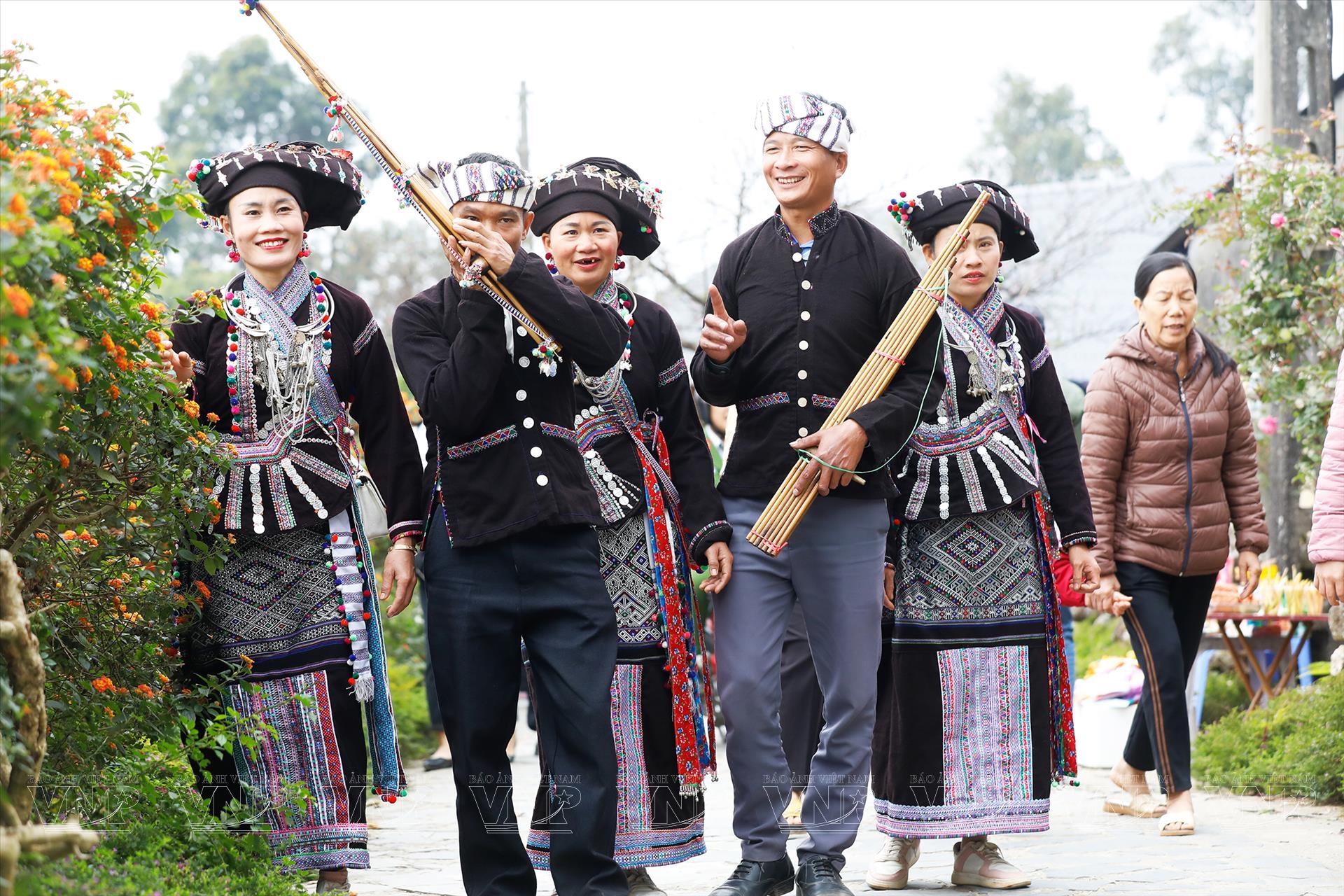
Despite the growing presence of modern fashion in urban centers, traditional clothing remains a proud and vibrant part of Laotian culture, especially on festive and ceremonial occasions. For visitors on Laos tour packages, these moments offer a captivating window into the country’s heritage—full of color, symbolism, and craftsmanship.
🎉 When Tradition Comes Alive
🧣 In daily life, many Lao people wear Western-style clothing, especially in cities like Vientiane or Luang Prabang. However, during festivals, weddings, temple visits, and cultural ceremonies, traditional attire takes center stage.
📆 With numerous festivals year-round, travelers have ample chances to witness locals donning their most stunning garments, no matter when they visit Laos.
👩🦰 Women’s Traditional Dress: Grace & Elegance
In Lao culture, women are viewed as the “mothers of the nation” and are expected to dress with care and dignity—particularly on formal occasions. Their attire is elegant, colorful, and deeply meaningful.
👗 Phaa Sin – The iconic Lao silk skirt
- Worn by nearly every Lao woman on special days
- Handwoven, often with intricate embroidery and patterns
- The hem (lower section) is especially detailed, and motifs vary by occasion or region
- Worn with a blouse and a matching scarf (pha biang)
👕 Suea Pat – The traditional blouse
- Long sleeves, no buttons
- Two front panels overlap and are tied together with a string
- Worn with the pha sin for formal events
🧣 Pha Biang – A long decorative sash or shawl
- Draped across one shoulder, often worn by both men and women
- Embellished with woven patterns or symbols
💇♀️ Women also take great care with their hairstyles, often keeping them neat and elegant during ceremonies.
👔 Men’s Traditional Dress: Simplicity with Meaning
On formal occasions, Lao men wear:
👖 Loose-fitting trousers
👕 Traditional shirts
🧦 Knee-length socks
The look is completed with a pha biang and sometimes a sash or belt, depending on the formality of the event.
🧵 Weaving: A Sacred Art Passed Through Generations
🧶 Weaving is a vital tradition among Lao women, passed down from mother to daughter for generations.
- Women often grow their own silkworms, harvest the silk, and spin their own thread
- They use upright looms to create intricate designs, spending weeks or even months on a single garment
- These garments reflect family identity, social status, and spiritual beliefs
⛰️ Hill Tribe Costumes: Unique Identity Across the Mountains
Beyond the lowland Lao Loum population, Laos is home to many ethnic hill tribes, each with their distinct traditional attire:
🌌 Black Hmong
- Wear deep indigo-dyed hemp clothing
- Outfit includes a jacket, sash, apron, and leg wraps
- Jackets feature beautiful sleeve embroidery
🌸 Flower Hmong
- Known for brightly colored costumes, full of life and vibrancy
- Often adorned with beads, tartan patterns, and sequins
- Rich use of layered textiles and decorative wraps
💃 Other Hill Tribes
- Use versions of the sarong (similar to phaa sin)
- Blouses often flare at the waist and are decorated with coins, sequins, and embroidery
- Every tribe reflects its own customs, beliefs, and storytelling through costume
📸 A Visual Delight for Travelers
Whether in bustling city centers or mountain villages, traditional Lao clothing remains an artful expression of national pride. For travelers on a Laos holiday, witnessing these costumes in person—during festivals, village visits, or cultural performances—is often an unforgettable highlight.
✨ In Summary
Traditional Lao attire is more than just clothing—it’s a tapestry of history, identity, and artistry. By weaving culture into every thread, the people of Laos ensure that their heritage remains alive and beautifully visible.



